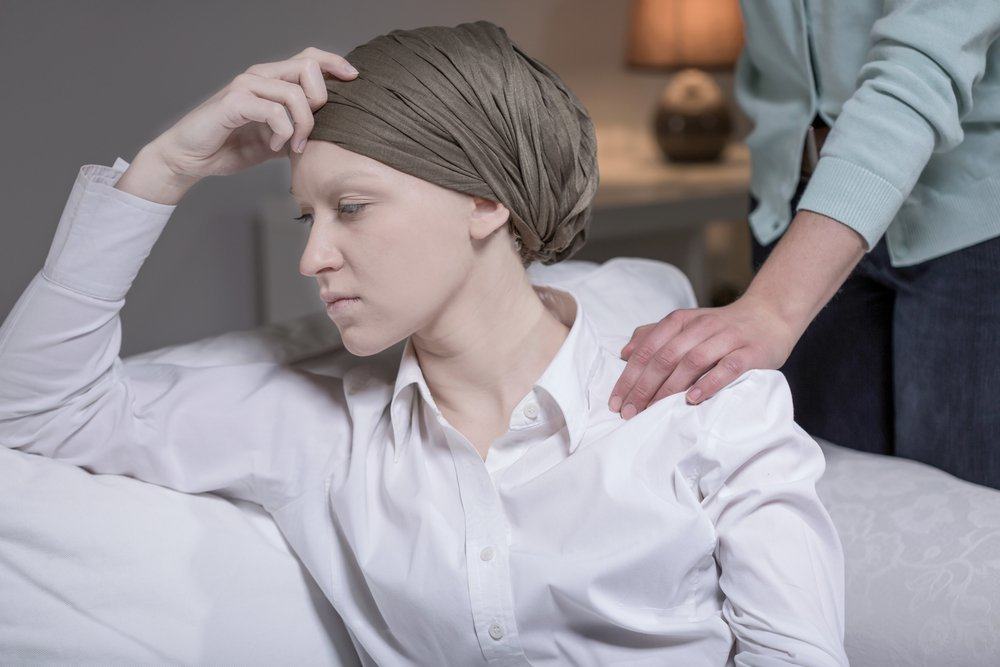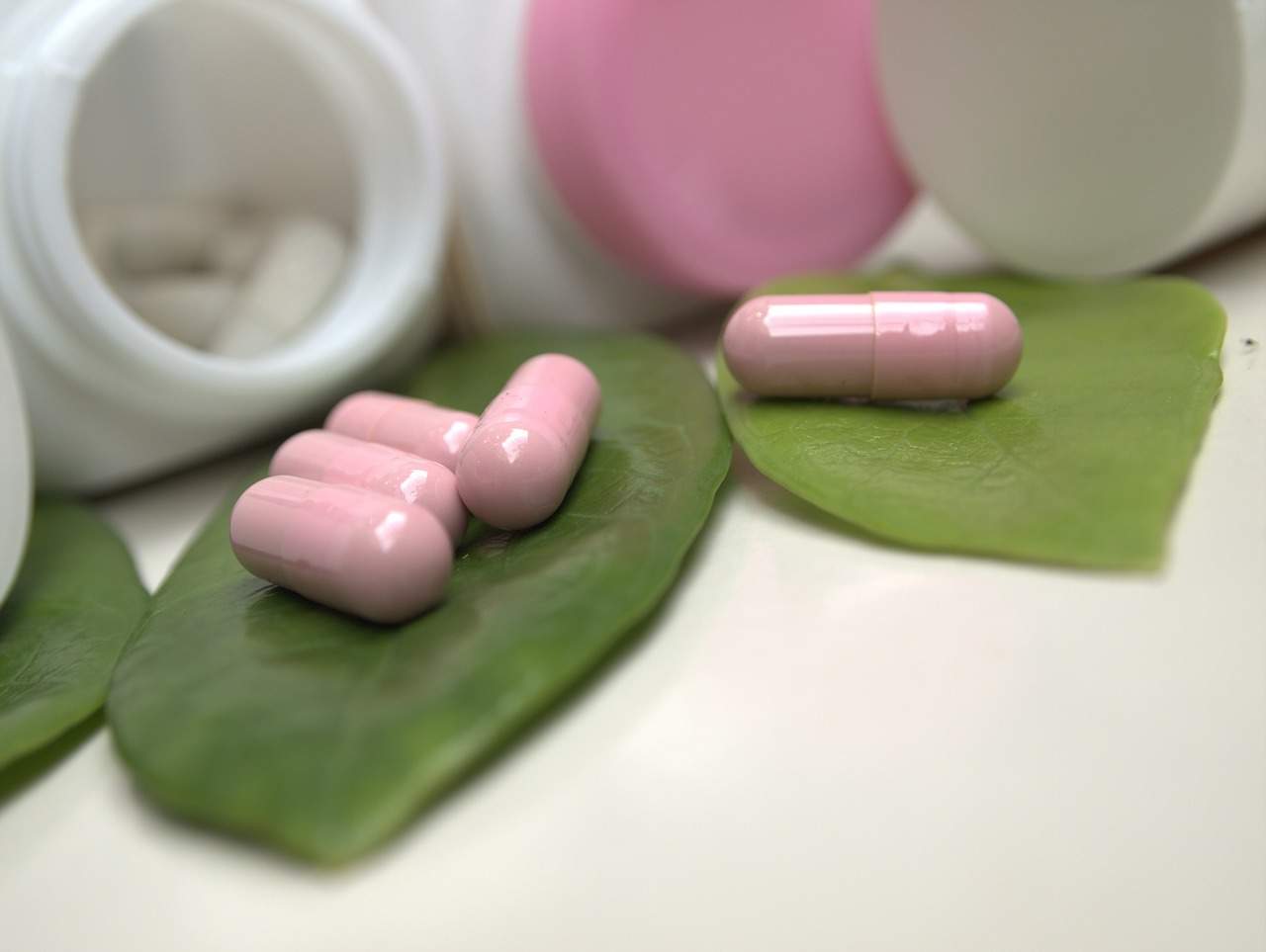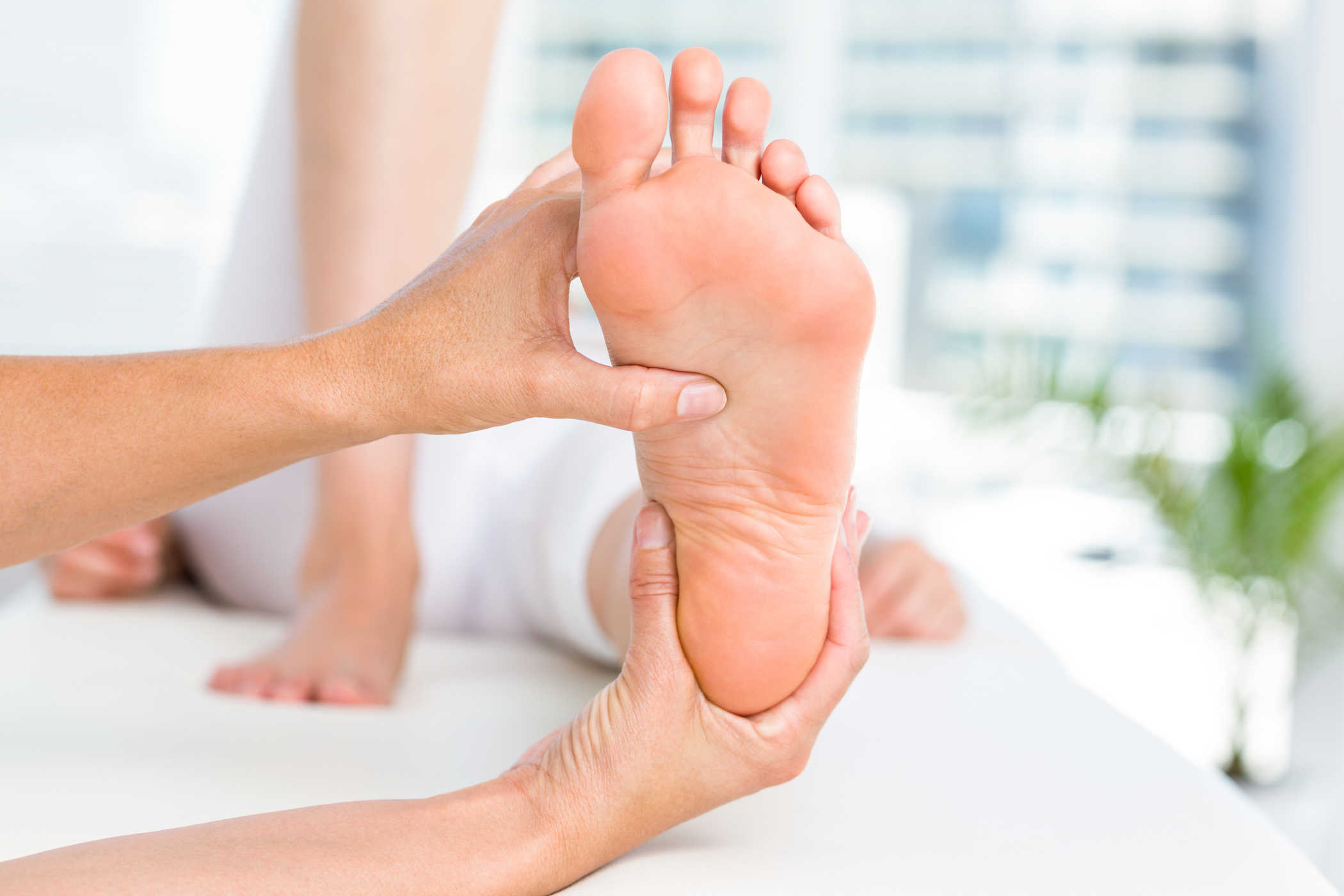Contents:
- Medical Video: Types Of Bacteria That Live On Your Skin
- Skin, the largest human organ
- Skin bacteria that cause skin diseases
- Different location of skin, different bacteria
- Some bacterial growth is temporary
- The skin type of each person affects skin bacteria
- Skin diseases caused by bacterial skin infections
- 1. Cellulitis
- 2. Folliculitis
- 3. Impetigo
- 4. Boils
Medical Video: Types Of Bacteria That Live On Your Skin
Do you often ignore skin health? Did you know that skin is one of the ideal places for bacterial growth. These bacteria can cause skin problems if we don't handle them. What types of skin bacteria can grow and where do they grow?
Skin, the largest human organ
The skin is the largest and widest human organ compared to other organs in the body, even its surface area can reach approximately 6-7 m2. Human skin serves to protect humans from various exposures to the outside environment such as bacteria, viruses, maintain body temperature, and as a means of touching to be able to touch and feel hot and cold.
Basically, human skin is divided into three layers, namely:
- The epidermal layer, is the outermost layer of skin that forms our skin color.
- The dermis layer, is a layer that is under the epidermis layer and consists of various connective tissue, sweat glands, and the roots of fine hairs.
- Layer in subcutaneous or hypodermic tissue, which consists of connective tissue and fat deposits.
Because the skin is the most outer layer of the body, the skin is often exposed to various foreign substances that can infect the body. Therefore, the skin is not rarely at risk for infection to protect organs in humans. But the skin is not easily infected or exposed to various bacteria from the environment, because the epidermis layer is actually a strong physical barrier and is able to resist bacteria and various poisons that can infect the body.
READ ALSO: Various Skin Treatments With Your Own Blood
Skin bacteria that cause skin diseases
Bacteria are microscopic living things that can live almost anywhere and have millions of species. Whereas the human body is a host of bacteria or a natural place of life for bacteria that is good and suitable for its growth. The skin is the 'wall' of the immune system because it is the first barrier to dealing with bacterial infections from the outside environment. But apparently there are several factors that can affect the growth, number, and type of skin bacteria, namely:
Different location of skin, different bacteria
Some bacteria can survive only if they are in a humid environment, and vice versa. Meanwhile, the skin in the human body has different humidity. In general, the number of bacteria counts quite a bit in the parts that often emit oil, such as on the forehead, the back of the ear, the part around the nose. In these parts the type of bacteria that can grow is propionibacterium spp.
READ ALSO: Differences in Types of Bacteria Both in the Intestine of Each Person
While the types of bacteria that grow in humid areas are Corynecbaterium spp and Staphylococcus. Both types of bacteria are found quite a lot in the area around the navel, armpit, groin, folds between the thighs with the buttocks, the back of the knee, the soles of the feet, and the inside of the elbows. Sometimes, if too many of these two types can cause infection and cause skin disease.
For skin parts that tend to be dry, such as the arms, are the most overgrown with various types of bacteria, such as Actiobacteria, proteobacteria, firmicutes, and bacteriodetes. These bacteria are types of gram negative bacteria, namely bacteria that are not too resistant to changes in the surrounding conditions, so that they die easily and stop developing.
Some bacterial growth is temporary
Bacterial growth depends on time, and has a degree of consistency. In parts that are only covered by one or several types of bacteria such as the inner ear and nose, the growth of bacteria in that place is stable. While parts of the skin are overgrown with many types of bacteria, the level of stability is less and often the colonies of these bacteria are easily killed, for example on the heel of the feet, arms, toes and hands.
READ ALSO: 8 Foods to Increase the Number of Good Bacteria in the Intestine
The skin type of each person affects skin bacteria
The type and amount of bacteria that can grow on the surface of the skin depends on the nature of the skin surface and its moisture. There are types of bacteria that can survive in humid conditions, and vice versa. In addition, each person may also have different types and numbers of skin bacteria. This is shown in research that looks at the number of microorganisms in a person's hand.
A group that often washed hands had about 13% of bacteria while the other group that did not wash their hands frequently could reach 68.1% of the bacteria grown in their hands.
Skin diseases caused by bacterial skin infections
Some types of bacteria like corynebacterium, brevibacterium, and acinobacter not too dangerous for the body. But sometimes several other types of bacteria can be dangerous because they enter the skin layer of the body, damage the skin and cause skin diseases. The bacteria that cause skin infections are usually gram-positive bacteria, such as stapylococcus and streptococcus. The following are diseases that may arise if infected with skin bacteria:
1. Cellulitis
That is a skin disease that causes pain, redness, and warm to the touch. This disease usually occurs in the legs, but can still be experienced in various other areas of the skin.
2. Folliculitis
That is the infection of the hair follicle which causes the scalp to become red, swollen like acne. It is not recommended to soak in a swimming pool or in hot water if you are experiencing this condition, because it will make things worse. This folliculitis is caused by a bacterial infection S.aureus and Pseudomans aeroginosa.
3. Impetigo
Namely red spots that are usually experienced by preschoolers on the face and some parts of the hands or feet. Impetigo is caused by bacteria S.aureus and S.pyogenes.
4. Boils
Is an inner skin infection that is initially caused by infection of the hair follicles / fur. The boils that appear usually are red, swollen and contain pus.
This skin disease due to bacterial infection can be treated with oral antibiotics and topical drugs, depending on each type and number of infecting bacteria.
READ ALSO: Protect Your Skin from Radiation from the Sun in This Way












